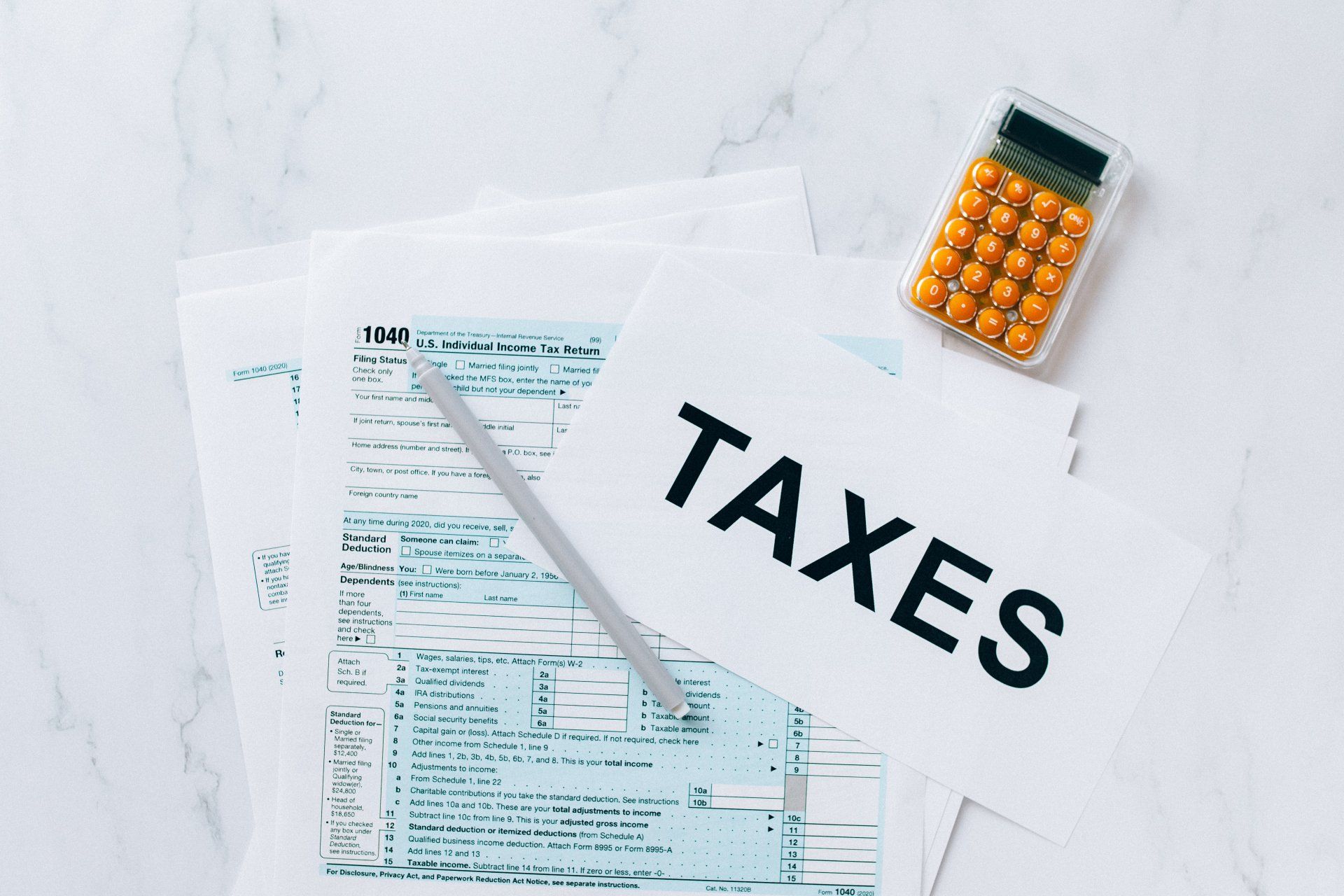Debt Recycling for Property Investors
What is Debt Recycling?
Debt recycling is an innovative financial strategy that can help property investors effectively manage their finances and grow their wealth. By converting non-deductible debt (such as a home loan) into deductible debt (such as an investment loan), investors can take advantage of tax benefits while potentially increasing their investment returns. In this article, we will explore the concept of debt recycling, its benefits, strategies, and pitfalls.
Understanding Debt Recycling
Debt recycling is a financial strategy that involves replacing non-deductible debt with deductible debt. Non-deductible debt refers to loans where the interest is not tax-deductible, such as a mortgage on a primary residence. Deductible debt, on the other hand, includes loans used for investment purposes, where the interest can be claimed as a tax deduction.
How Debt Recycling Works
The process of debt recycling typically involves using equity from your home to invest in income-generating assets such as investment properties or shares. The income generated from these investments is then used to pay down the non-deductible debt. Over time, as the non-deductible debt decreases and the deductible debt increases, investors can benefit from tax deductions on the interest paid on their investment loans.
Benefits of Debt Recycling for Property Investors
Tax Benefits
One of the primary advantages of debt recycling is the tax benefit. By converting non-deductible debt to deductible debt, property investors can claim interest payments on their investment loans as tax deductions. This can significantly reduce the amount of taxable income, leading to lower tax liabilities.

Increased Investment Returns
Debt recycling allows investors to leverage the equity in their home to invest in property or other income-generating assets. This can potentially increase their investment returns, as they are able to invest more capital than they could otherwise. Over time, the growth in the value of these investments can lead to substantial wealth accumulation.
Improved Cash Flow
By generating income from investments and using it to pay down non-deductible debt, investors can improve their cash flow. This can provide greater financial flexibility and the ability to reinvest in additional properties or other investment opportunities.
Debt Recycling Strategies for Property Investors
Leveraging Home Equity
One of the most common debt recycling strategies involves leveraging the equity in your home. Here’s how it works:
- Assess Your Home Equity: Determine the amount of equity available in your home. This is the difference between the market value of your home and the outstanding balance on your mortgage.
- Refinance Your Mortgage: Refinance your home loan to access the equity. This may involve setting up a line of credit or a separate loan facility.
- Invest in Property: Use the funds from the equity release to invest in an income-generating property. Ensure that the investment loan is structured so that the interest is tax-deductible.
- Use Rental Income to Pay Down Non-Deductible Debt: Apply the rental income generated from the investment property to pay down your home loan (non-deductible debt).
- Repeat the Process: As your home loan decreases and your equity increases, repeat the process to continue converting non-deductible debt into deductible debt.
Debt Recycling with Dividend-Paying Shares
Another strategy involves investing in dividend-paying shares. This approach can provide regular income that can be used to pay down non-deductible debt. Here’s a step-by-step guide:
- Release Equity: Similar to the property strategy, start by releasing equity from your home.
- Invest in Dividend-Paying Shares: Use the funds to purchase a diversified portfolio of dividend-paying shares.
- Use Dividends to Reduce Non-Deductible Debt: Apply the dividends received from the shares to pay down your home loan.
- Reinvest and Grow: As your non-deductible debt decreases, you can continue to reinvest in shares, potentially increasing your dividend income over time.
Key Considerations and Risks
Market Volatility
One of the risks associated with debt recycling is market volatility. The value of your investments can fluctuate, which may impact the income generated and your ability to pay down non-deductible debt. It’s important to have a diversified investment portfolio and a long-term investment horizon to mitigate this risk.
Interest Rates
Changes in interest rates can also affect the effectiveness of debt recycling. Higher interest rates can increase the cost of borrowing, potentially reducing the benefits of the strategy. It’s crucial to consider current and projected interest rates when planning your debt recycling strategy.
Tax Implications
While debt recycling can provide significant tax benefits, it’s essential to understand the tax implications fully. It’s advisable to consult with a tax professional or financial advisor to ensure that the strategy is implemented correctly and in compliance with Australian tax laws.
Financial Discipline
Debt recycling requires financial discipline and careful planning. It’s important to ensure that you can manage the additional debt and that you have a clear plan for using investment income to reduce non-deductible debt. Without proper discipline, there is a risk of increasing overall debt levels rather than reducing them.
Is Debt Recycling Right for You?
Assessing Your Financial Situation
Before implementing a debt recycling strategy, it’s crucial to assess your financial situation. Consider factors such as your current level of debt, your investment goals, and your risk tolerance. Debt recycling may be more suitable for investors with stable income, significant home equity, and a long-term investment horizon.
Consulting with Professionals
Given the complexity of debt recycling, it’s highly recommended to consult with financial professionals. A financial advisor can help you develop a tailored strategy that aligns with your financial goals and circumstances. Additionally, a tax advisor can provide guidance on the tax implications and ensure compliance with Australian tax regulations.
Debt Recycling for Property Investors: Frequently Asked Questions
What is Debt Recycling?
Debt recycling is a financial strategy that involves converting non-deductible debt (like a home mortgage) into deductible debt (such as an investment loan). This is achieved by using the equity in your home to invest in income-producing assets, which can provide tax benefits and potentially enhance your wealth over time.
How Does Debt Recycling Work?
Debt recycling works by borrowing against the equity in your home to invest in assets such as shares or investment properties. The income generated from these investments can be used to pay down the home loan, effectively recycling the debt into a deductible form. Over time, this strategy can help increase your net worth and provide tax advantages.
What is Debt Recycling in Australia?
In Australia, debt recycling is a popular strategy among property investors and homeowners looking to maximise their tax efficiency and build wealth. The process involves leveraging home equity to invest in income-producing assets while gradually converting non-deductible debt into deductible debt.
How to Debt Recycle in Australia?
Debt recycling in Australia follows a similar process to other countries but may involve specific tax considerations and regulations. It is crucial to seek advice from a financial advisor or tax professional familiar with Australian laws to ensure compliance and optimise your strategy.
Is Debt Recycling Worth It?
Debt recycling can be worth it for investors who have a stable financial situation and are looking to maximise their tax benefits and build wealth. However, it is not without risks, and it is important to thoroughly understand the strategy and its implications before proceeding.
Is Debt Recycling Legal?
Yes, debt recycling is legal in Australia and many other countries. However, it must be structured correctly to comply with tax laws and financial regulations. Consulting with a qualified financial advisor is essential to ensure legality and effectiveness.
How to Set Up Debt Recycling?
Setting up debt recycling involves several steps:
- Evaluate your financial position and goals.
- Consult with a financial advisor to design a tailored strategy.
- Refinance your mortgage to access home equity.
- Invest the borrowed funds in income-generating assets.
- Use the investment returns to pay down your non-deductible debt, gradually converting it to deductible debt.
Final Thoughts
Debt recycling is a powerful strategy that can help Australian property investors convert non-deductible debt into deductible debt, potentially increasing investment returns and improving cash flow. By leveraging home equity and investing in income-generating assets, investors can benefit from tax deductions and wealth accumulation. However, it’s essential to carefully consider the risks and seek professional advice to ensure the strategy is implemented effectively.
For more information on property investment strategies, speak with the team at CAPEX Property.
Share this with friends!
Latest Property Market Insights











